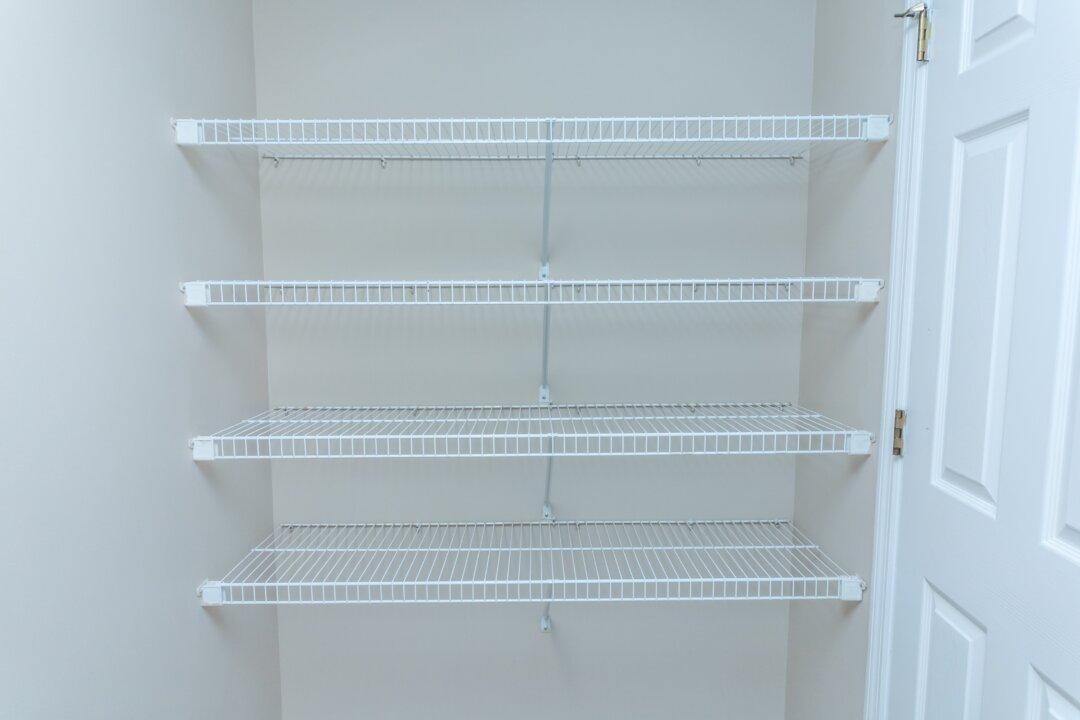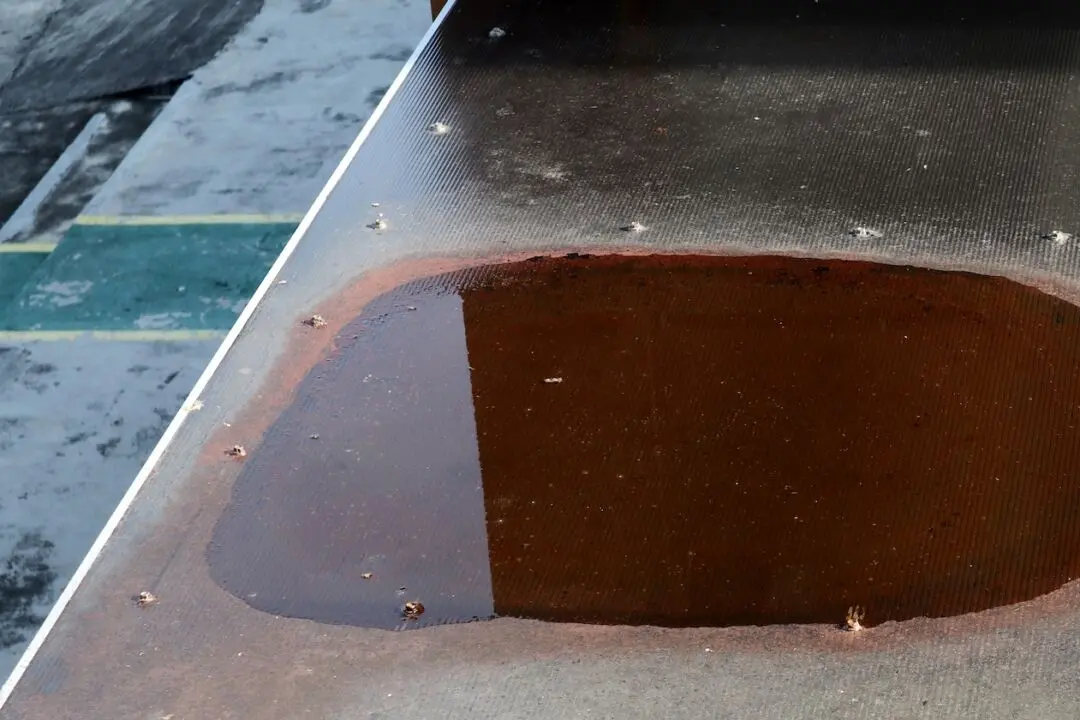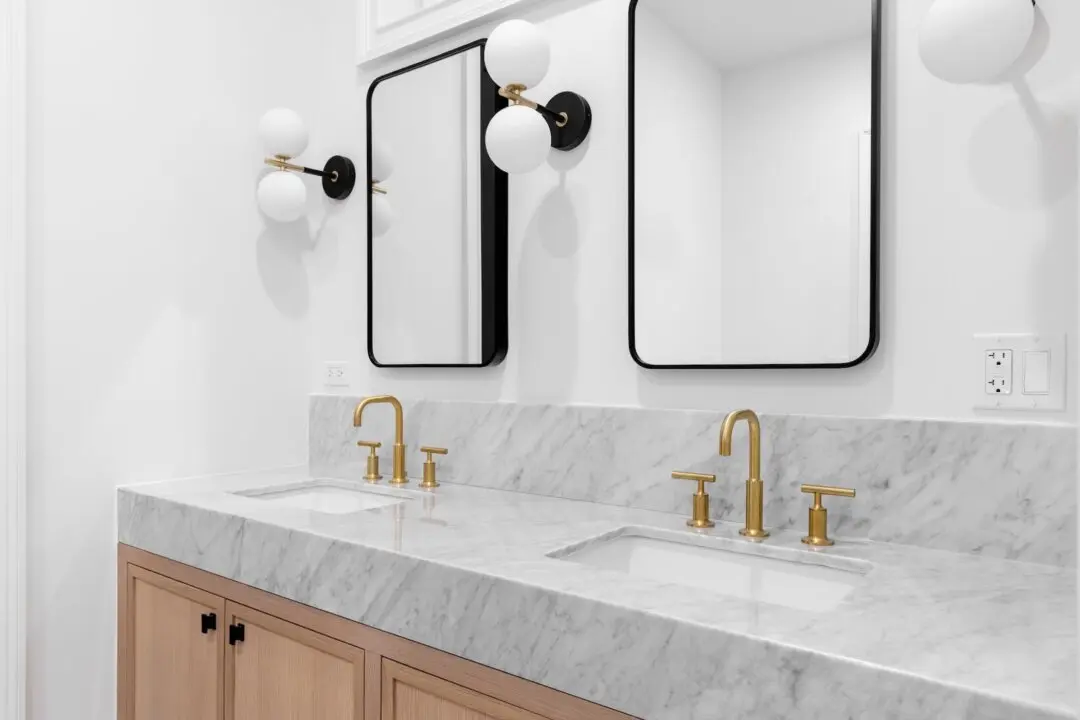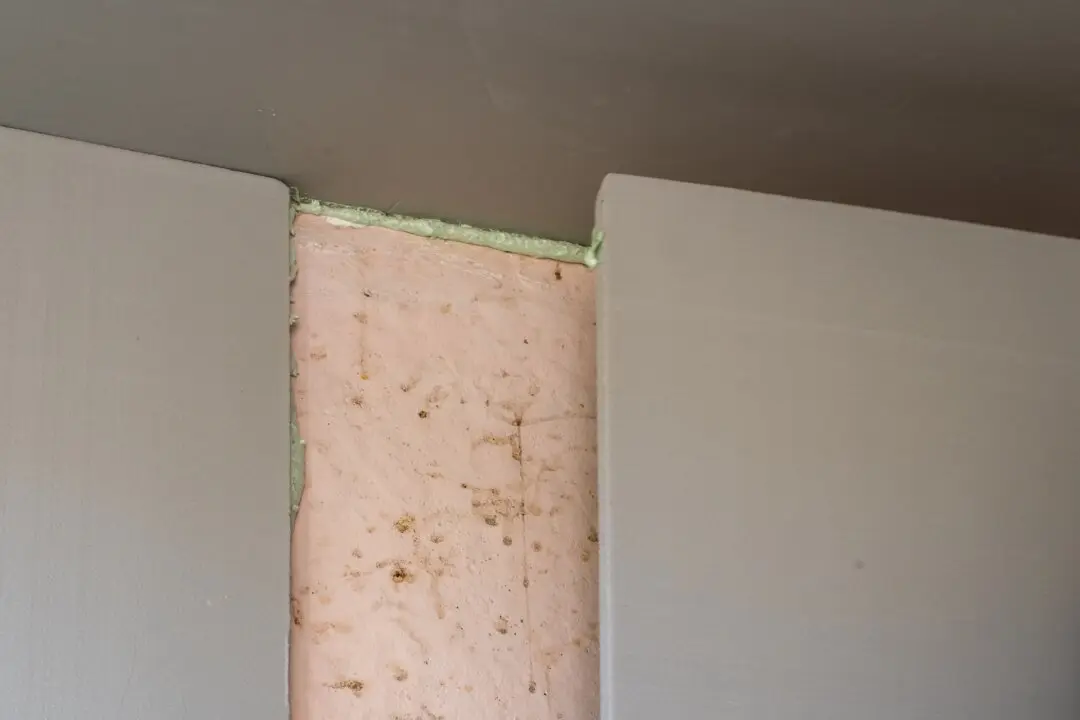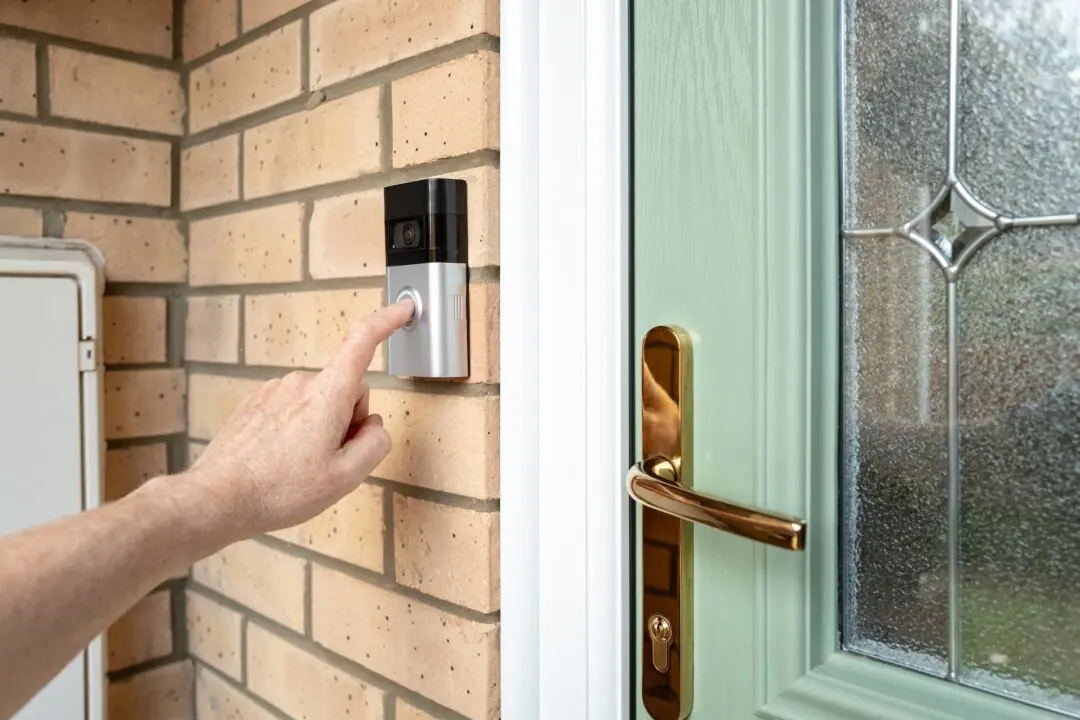Dear James: We have many closets in our new house, but they are already a mess and full. Are wire shelving kits good, and are they easy to install?—Denise S.
Dear Denise: Builders often just install a typical standard closet storage system which consists of a horizontal hanger rod with a single plank shelf above it. This is very inexpensive and quick to install, but it can waste up to 60 percent of the potential storage space in a closet.

